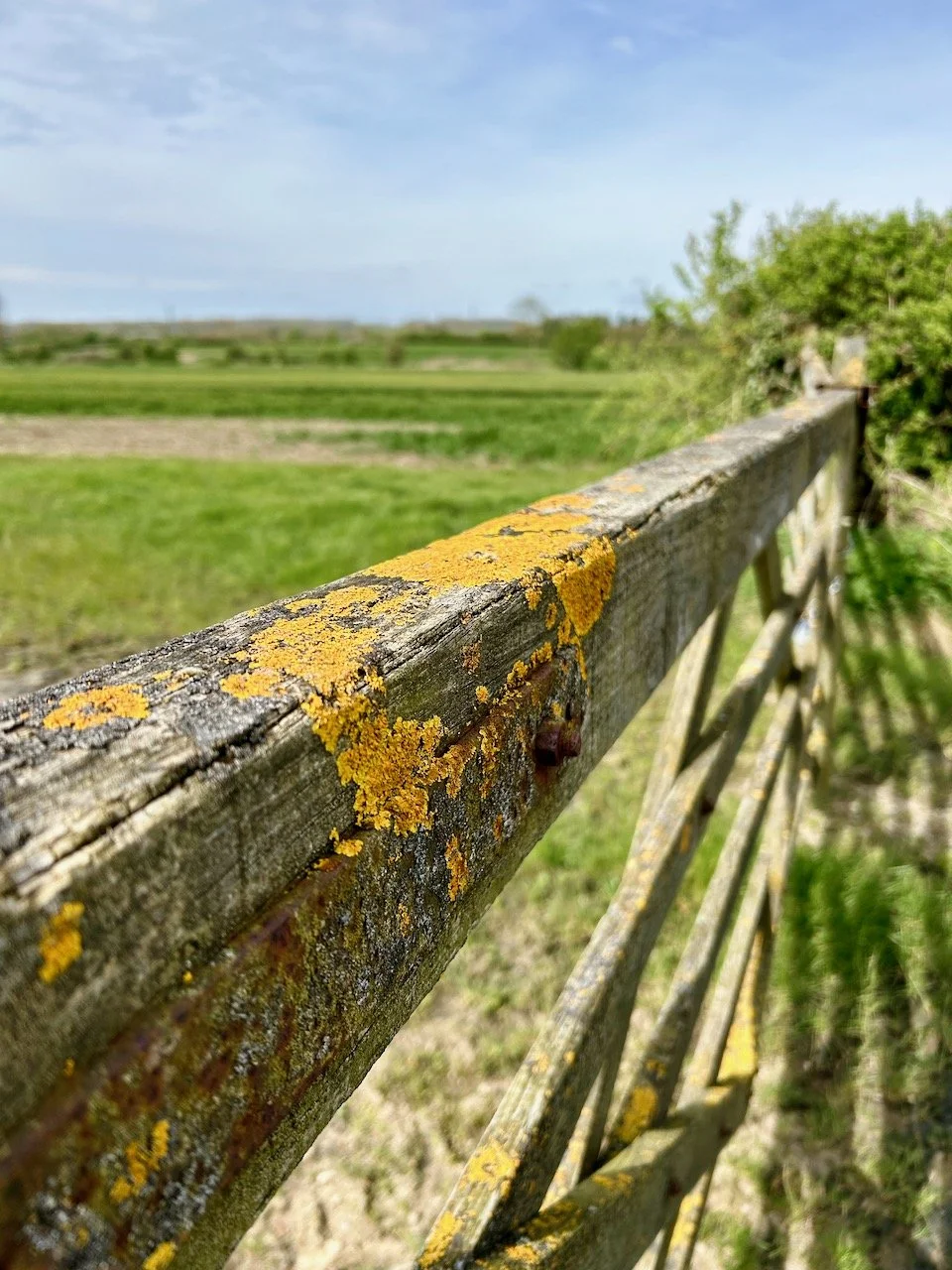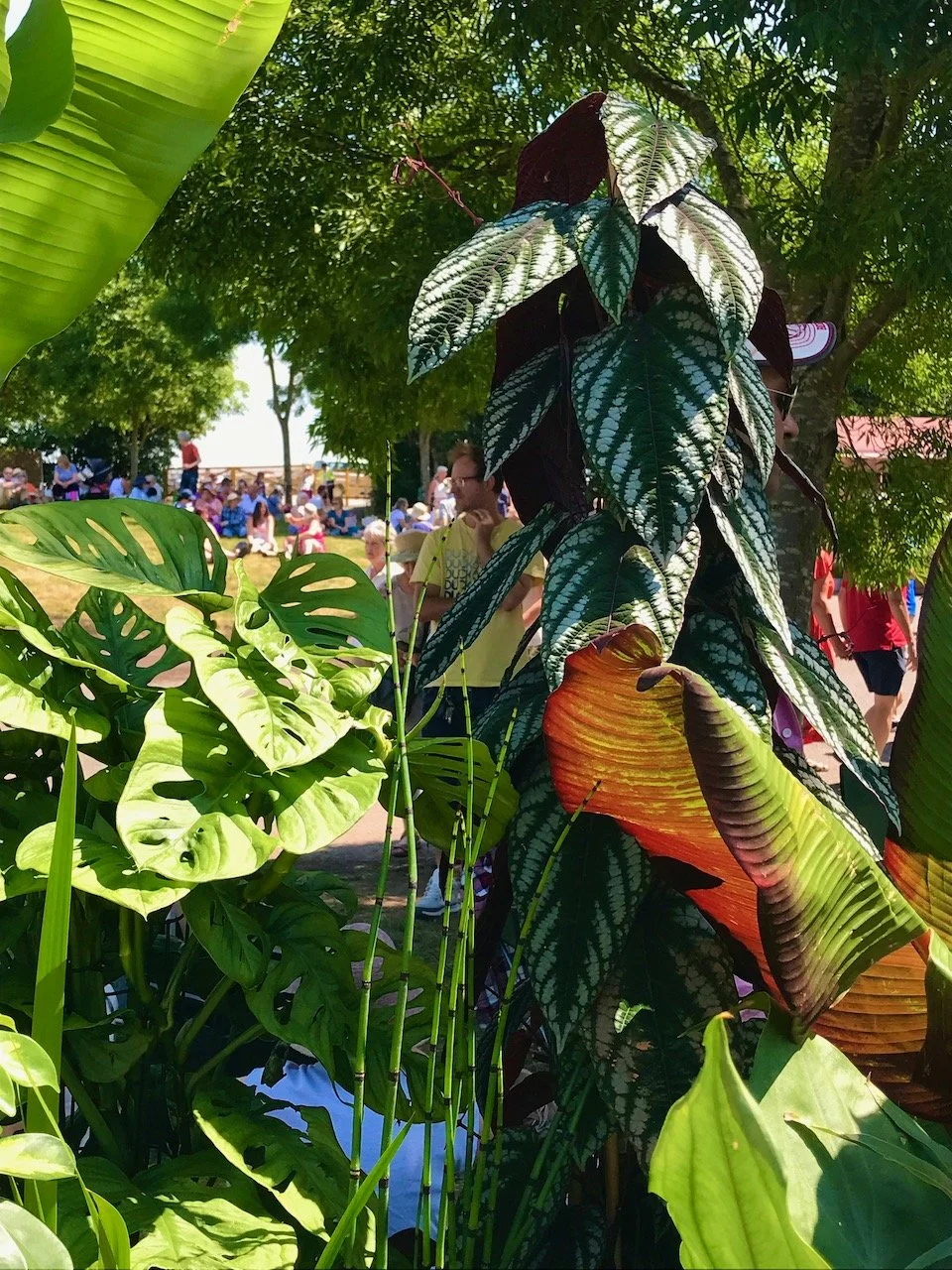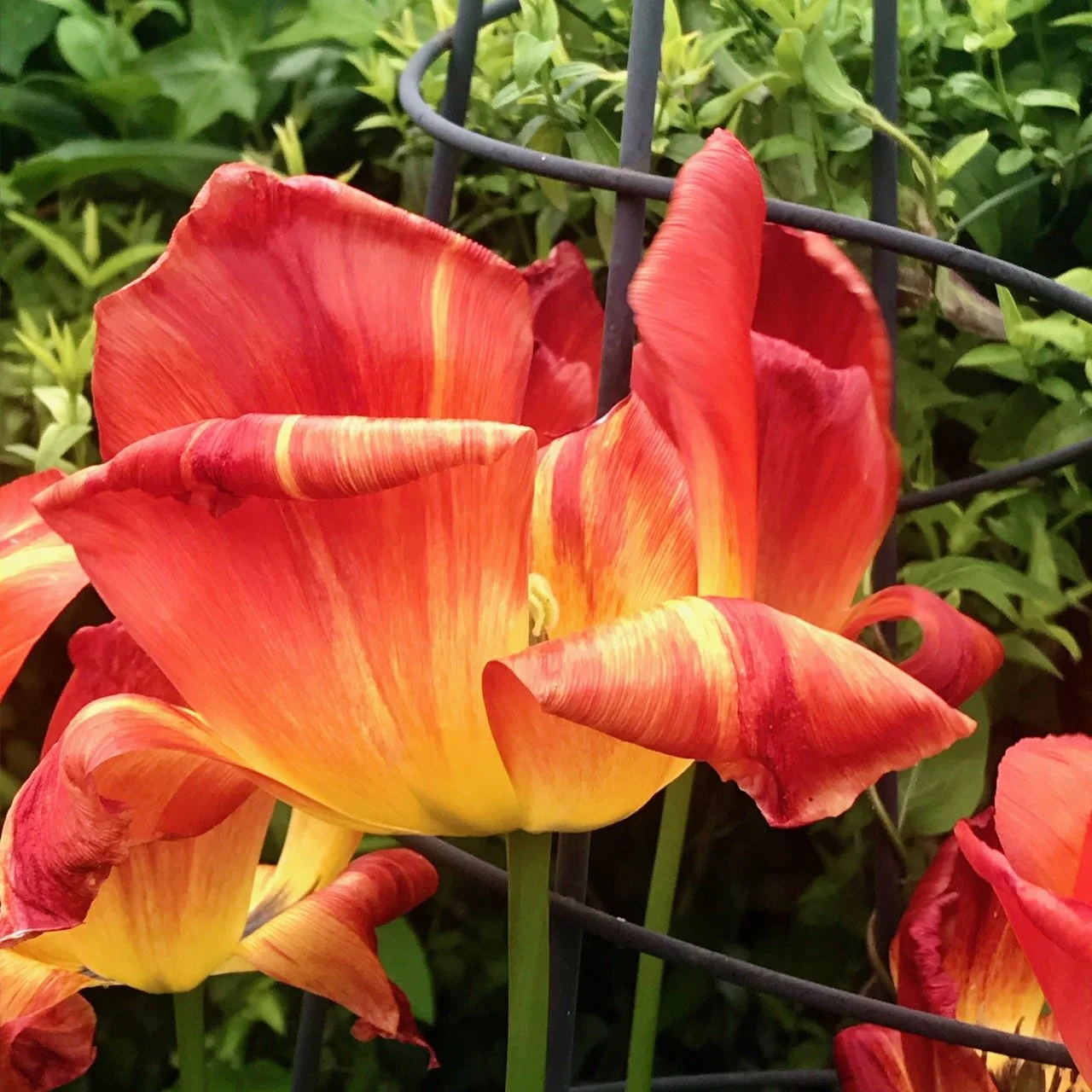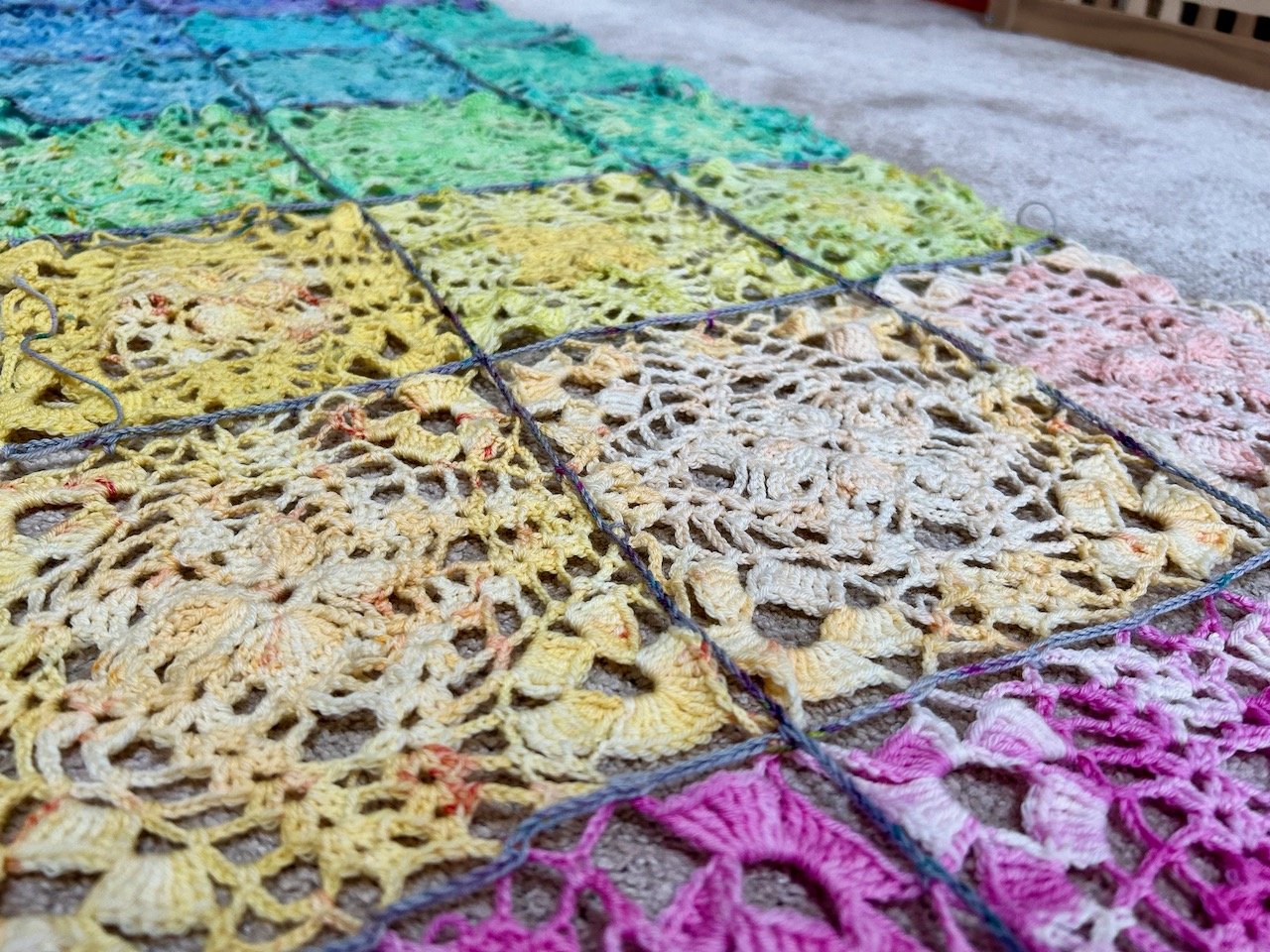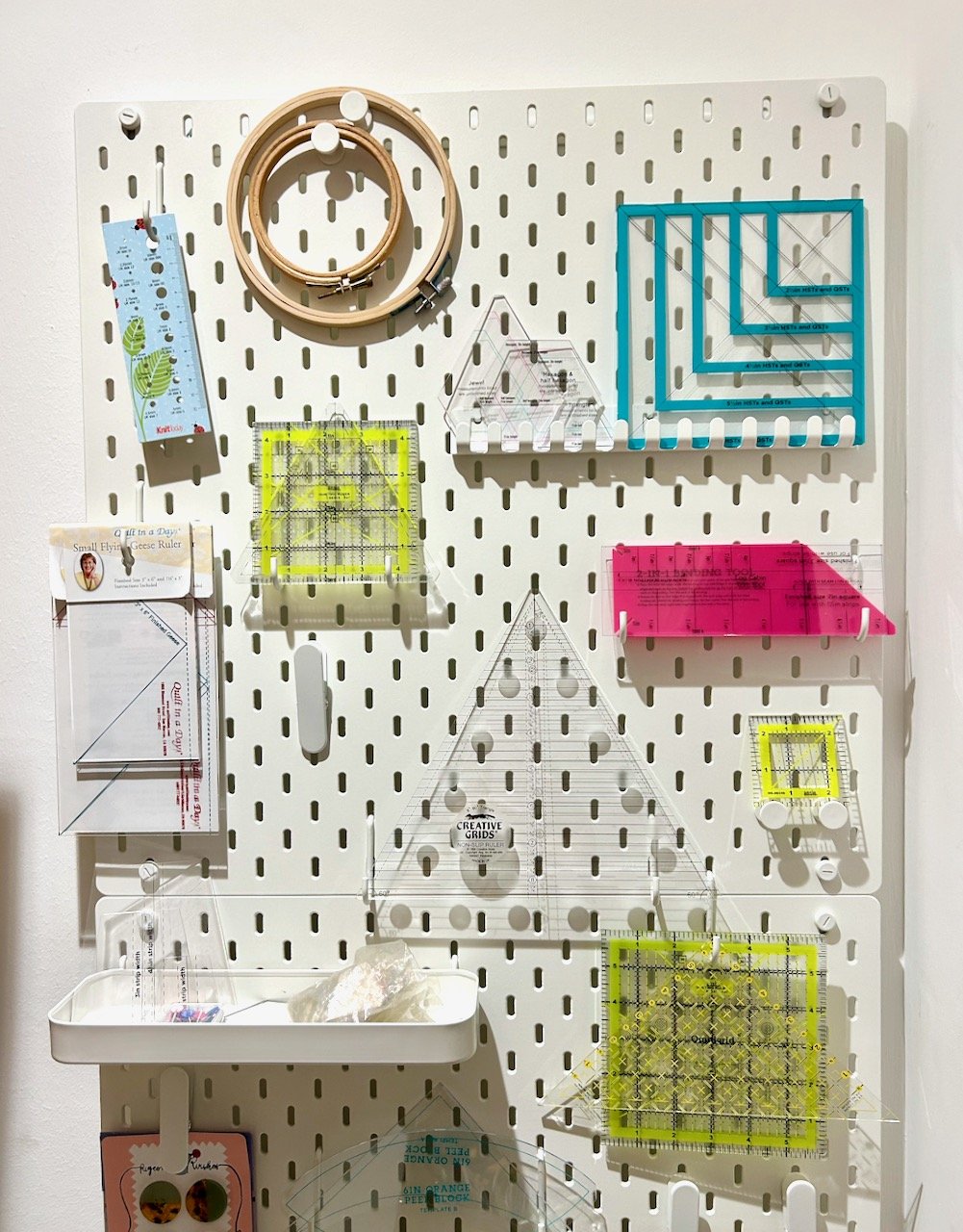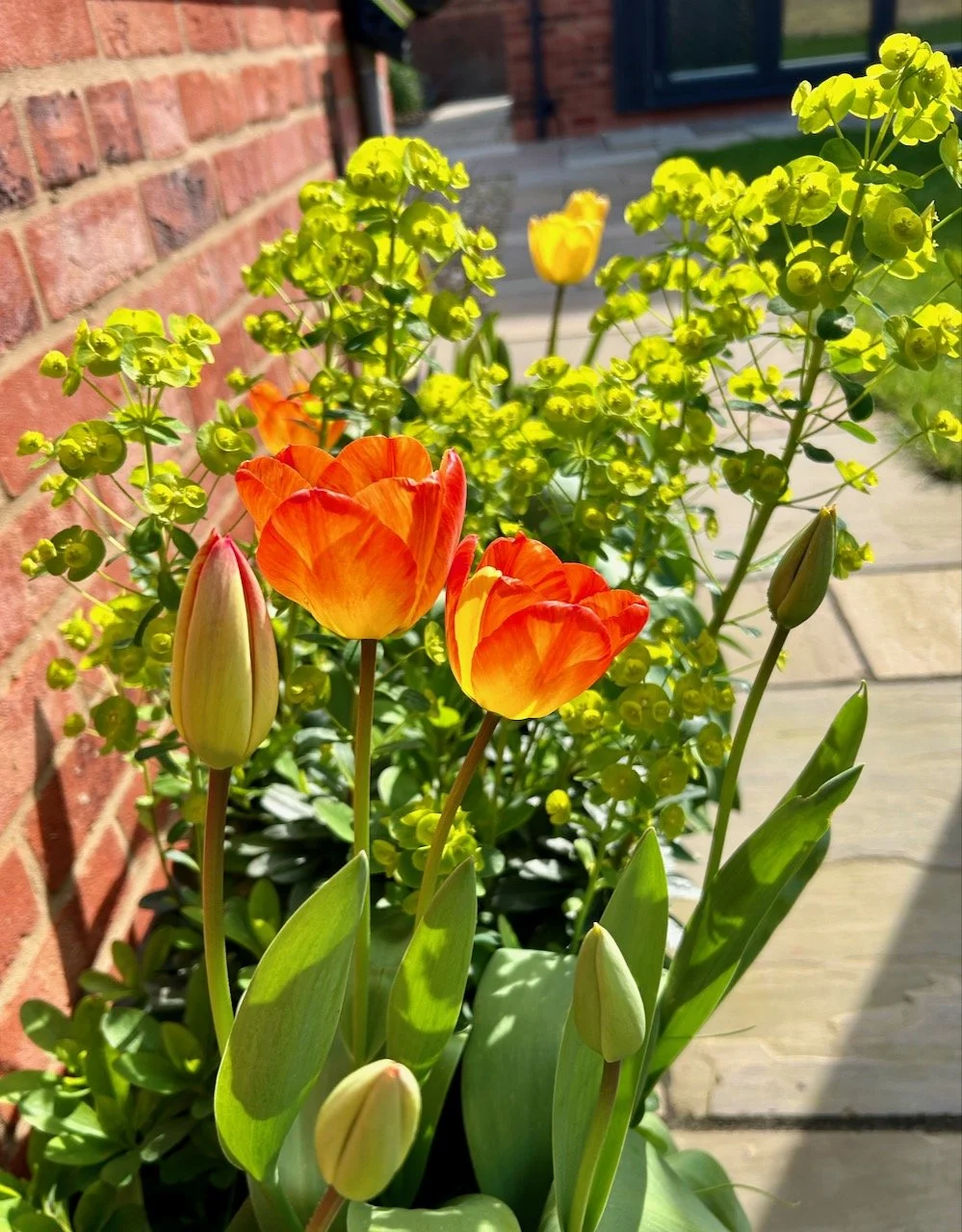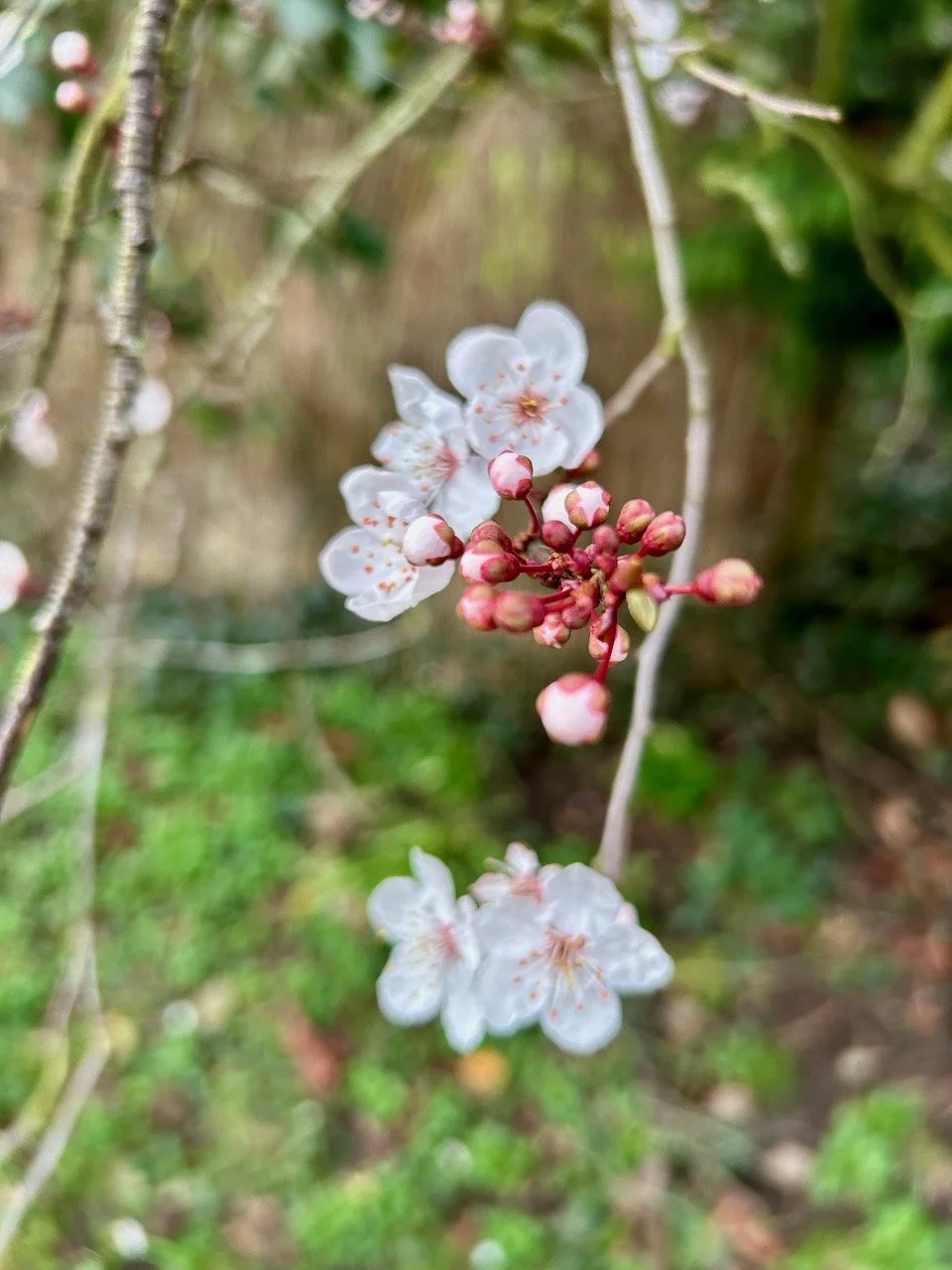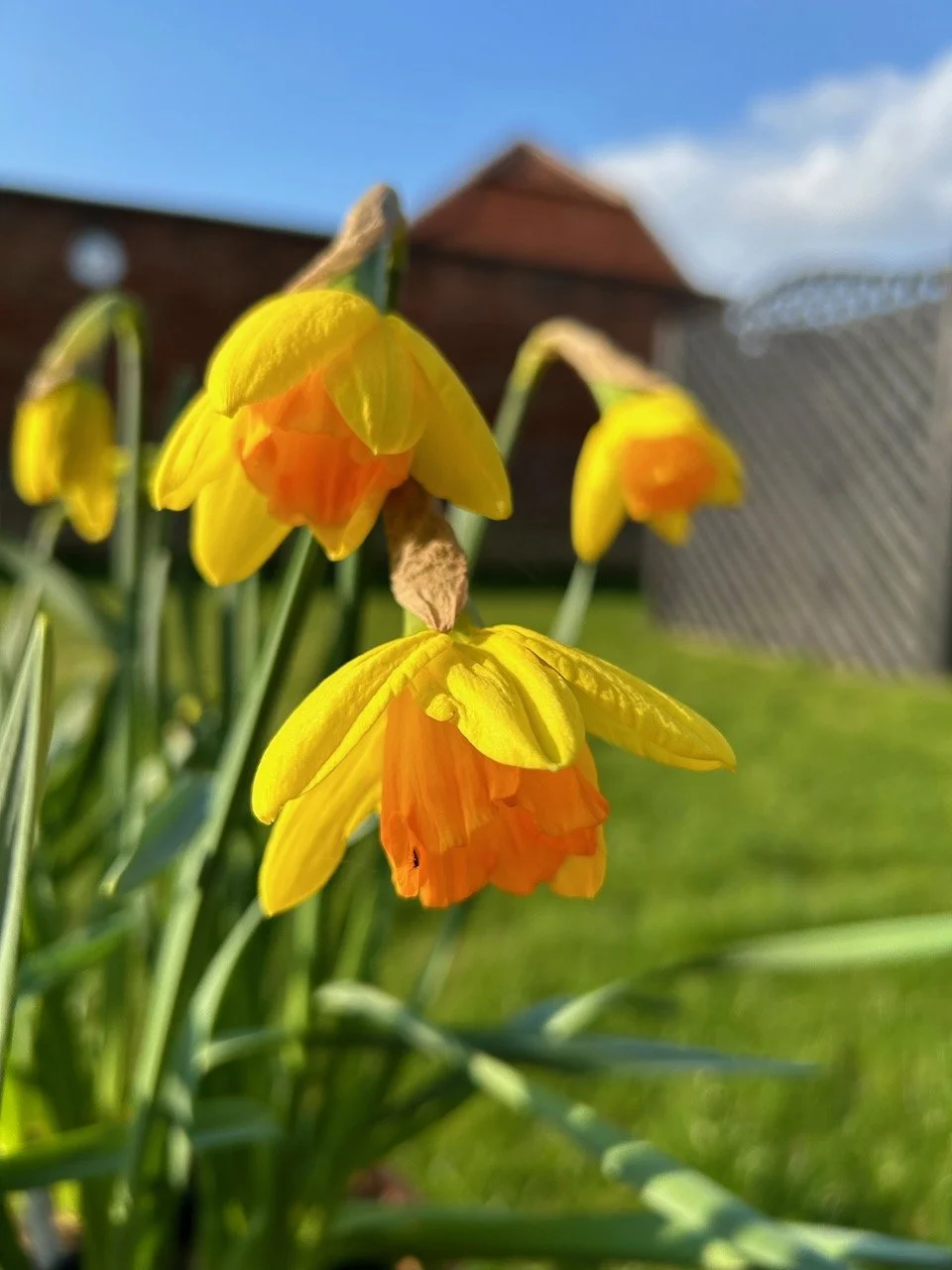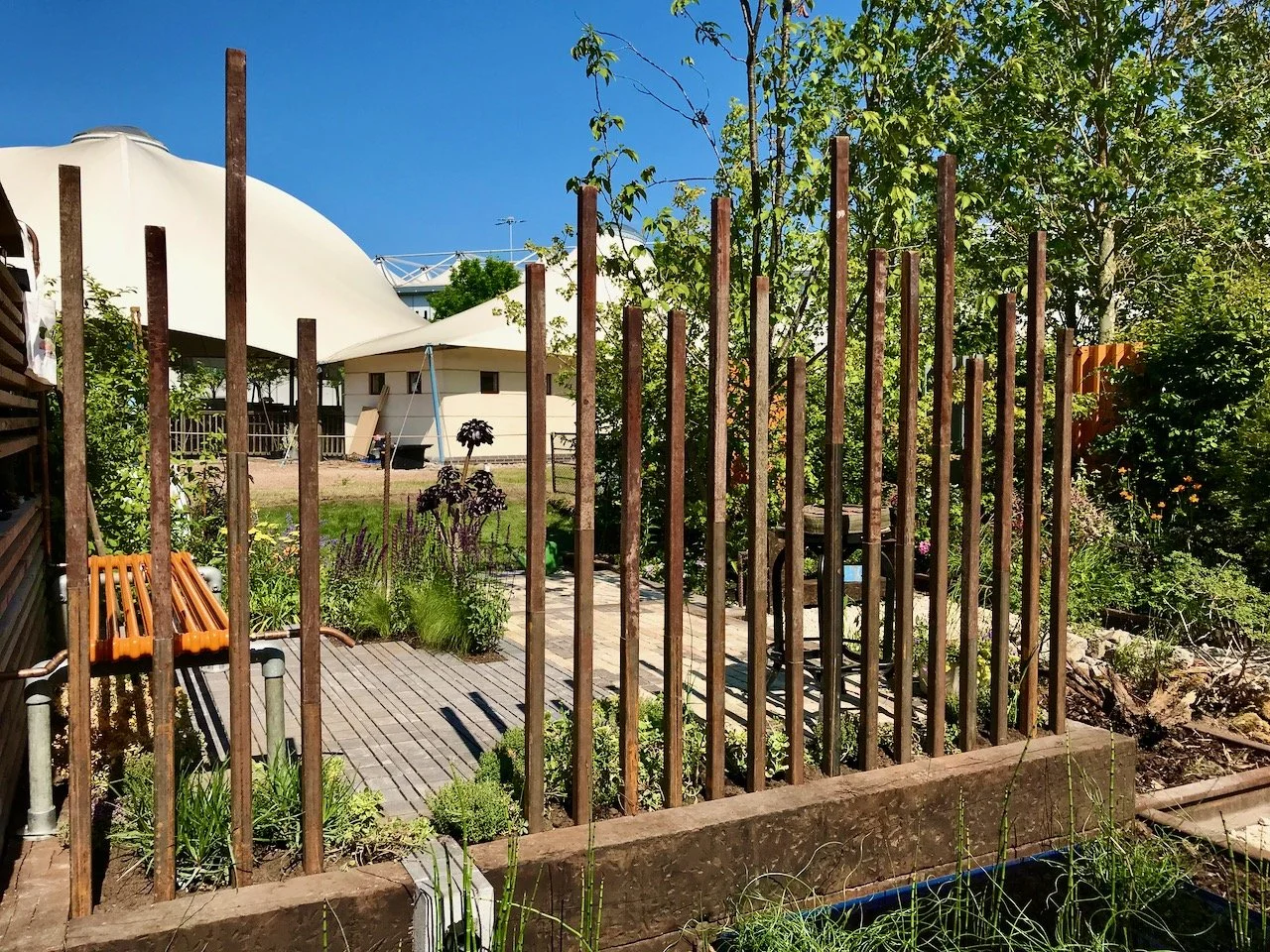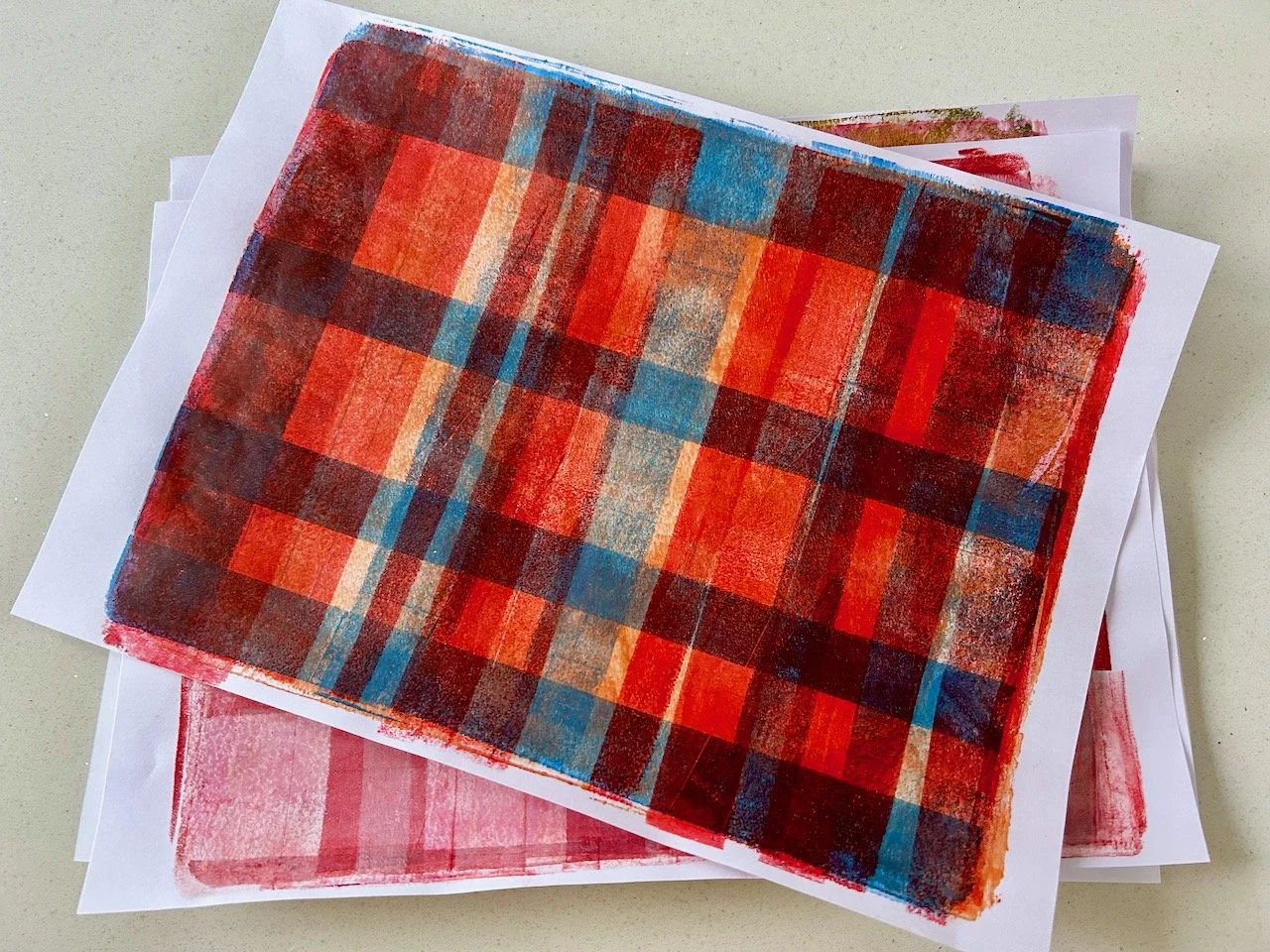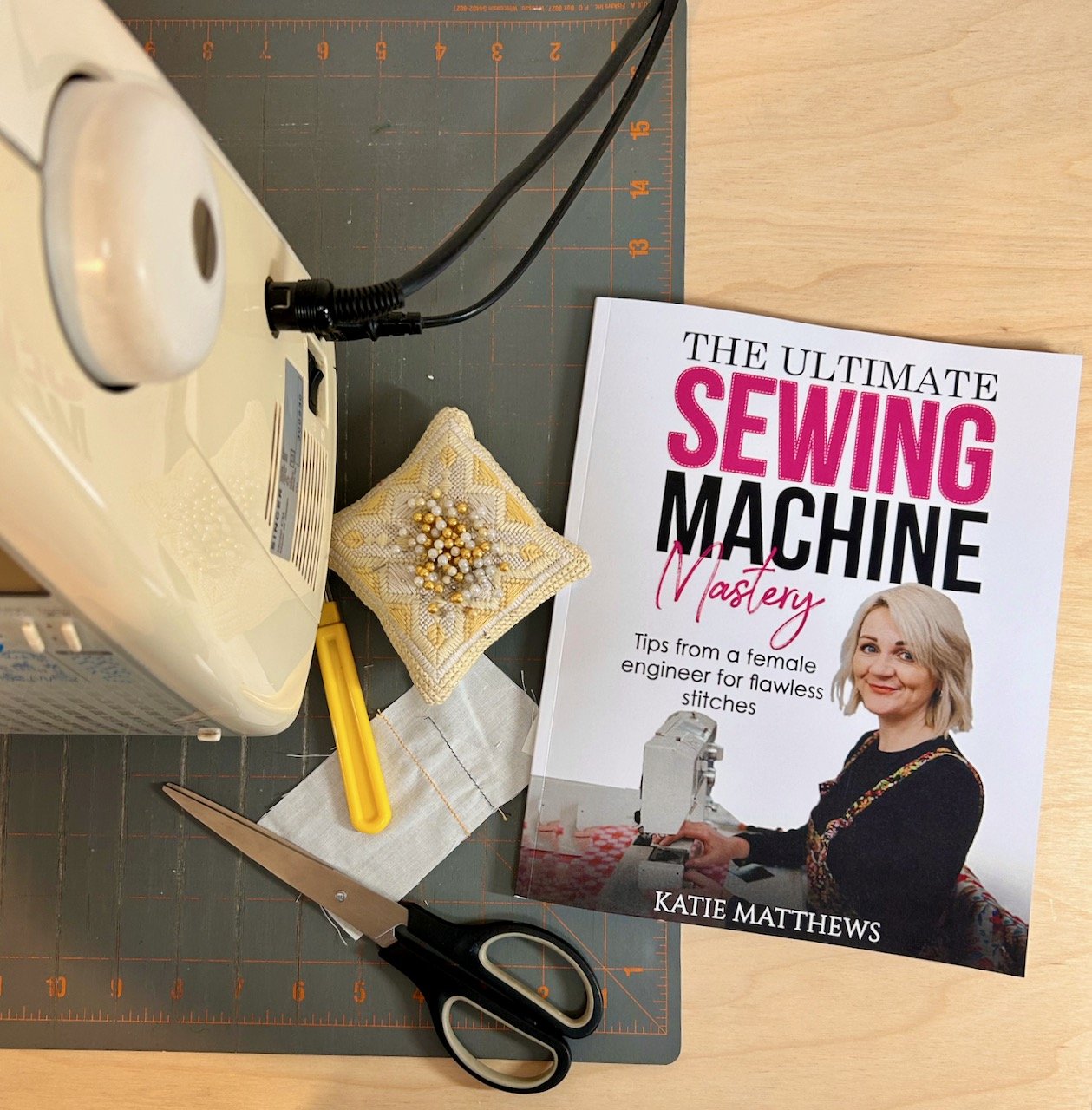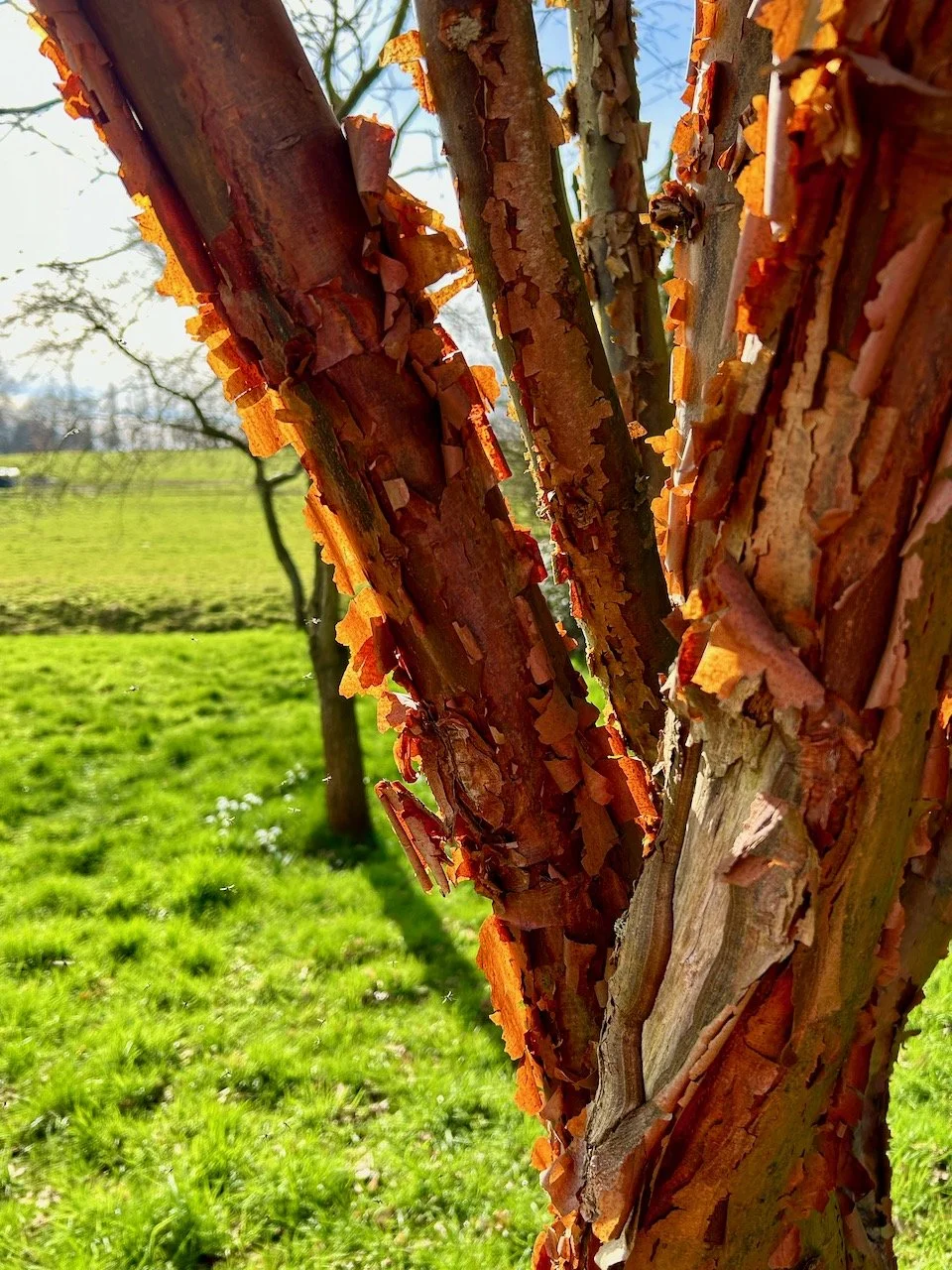I've already shared the walk to the beach along the West Bank path, and the beach so I thought it was time to share more from the actual RSPB Reserve, where my dad volunteers each week.
As we headed back from the beach, guess what we saw?
Yes, I know I shouldn't have been surprised to see a bird given where I was, but it was the first one I'd seen. And as I tried to get closer he hopped off over the bank on the right and scuppered that plan.
Having walked back inland we took a left instead and headed off around the Meadow trail on the boardwalk. The older wooden boardwalk is gradually being replaced with a plastic kind of boardwalk, made from used carrier bags - which sounds like a great use for them to me.
NEW AND OLD BOARDWALK
We were back up near the Reed beds and that meant I could snap some pictures of the bullrushes close up.
As we got closer to the visitor centre there were plenty of examples of how to give nature a home, which coincidentally (or not) is one of the RSPB's campaigns. You can see how you can give nature a home in your garden too.
Below is a dead hedge for wildlife, and if you want to make one at home you can use cut branches and stems which make a great habitat for insects, small mammals and roosting birds. And you can make one in three easy steps:
- Knock some uprights into the ground in two staggered rows
- Lay the smaller branches or pruning sideways on top of each other, alternating in front and behind the uprights in the ground
- Fill any gaps with leaves, then pile on the rest of the stems - and top it up throughout the year.
And there were a couple of bug hotels too - I've still not got around to making mine, but it's still on my garden to do list (along with many other things!)
The next area was full of shells and represents the sea bed, which given we're so close makes sense.
The volunteers maintain this garden and there's plenty to keep everyone interested, and you can lift planks up to see what wildlife is underneath - I delegated that part to my dad!
Opposite the visitors centre is an elaborate bird feeding station, well what else would you expect? I suspect for the local bird population it's the equivalent of a Michelin starred restaurant!
And as we left, I spotted this sign leading to an area where you could make a bug hotel - perhaps I should have stopped and picked up some tips!
It wasn't what I expected from an RSPB reserve, there was a lot more going on than I expected and it was more accessible for non-bird watchers too. It's definitely somewhere I'd go back to - and having a cafe is a bonus, as it's always useful to know where potential cake stops are if I were to be cycling by!
I've got bird feeders - that reminds me, I'll need to buy some fat balls soon and I plan to build a bug hotel at some point, but what do you do to encourage wildlife into your garden?

